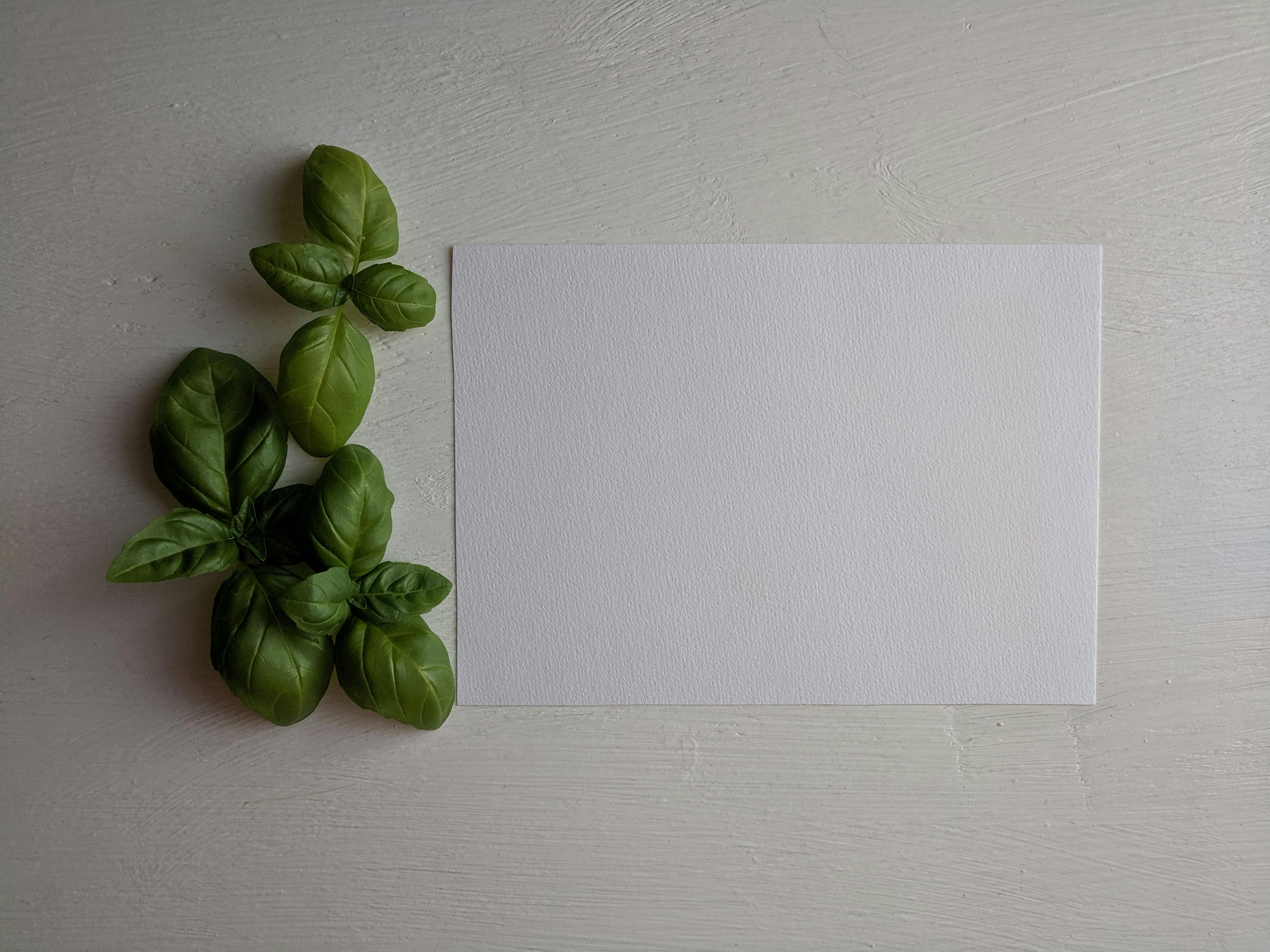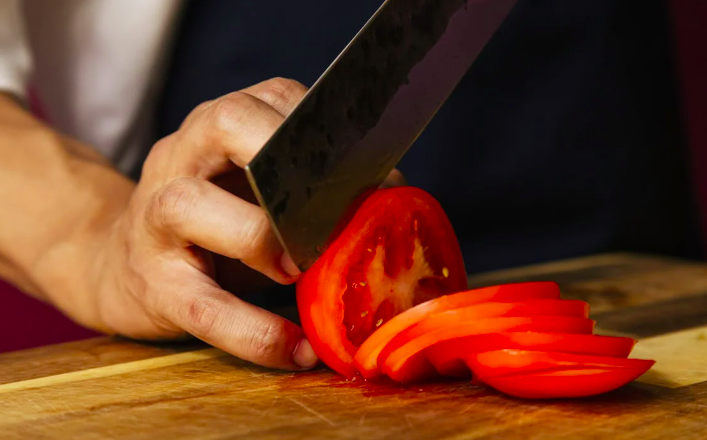2025-03-28
A dull knife isn’t just an inconvenience—it’s a safety hazard. Sharp knives require less force to cut, making them safer and more effective in the kitchen. But how do you know when it’s time to sharpen your knife? Here are five easy tests to check the sharpness of your blade, along with tips on how to maintain its edge.
One of the most common ways to check a knife's sharpness is by slicing through a piece of paper. Hold a sheet of printer paper or newspaper in one hand and attempt to slice through it with your knife. A sharp blade will glide through smoothly with little resistance, producing a clean cut. If the paper tears, crumples, or if the knife struggles to make a smooth cut, your blade is likely dull and needs sharpening.
 Hold a paper and use the knife to slice it
Hold a paper and use the knife to slice it
If your knife struggles with the paper test, try honing it with a honing rod. A honing rod doesn’t sharpen but realigns the edge, which may improve performance. If honing doesn’t help, then it’s time to sharpen your knife using a whetstone, pull-through sharpener, or professional sharpening service.
Tomatoes have delicate skin that can reveal a dull knife instantly. Try slicing a ripe tomato without applying much pressure. A sharp knife will cut through effortlessly, while a dull one will squish the tomato before cutting through or fail to slice cleanly.
 Chop tomatoes with a sharp knife
Chop tomatoes with a sharp knife
The smooth yet resistant skin of a tomato requires a keen edge to slice through cleanly. If your knife struggles, it’s a sign that your blade has become dull. A freshly sharpened knife should cut through with minimal pressure, leaving clean, even slices.
A classic method used by professional sharpeners is to see if the blade can shave arm hair. Carefully (and safely) run the edge of the knife over a small patch of arm hair. If the knife effortlessly removes hair without applying pressure, it's razor-sharp. If it struggles or pulls at the hair, it's time for a sharpening session.
While this test is highly effective, be careful when performing it to avoid accidental cuts. You can also try the same test on a piece of paper towel—the blade should easily catch and slice through without excessive force.
Cutting an onion with a dull knife can be frustrating because the thin, papery skin resists a dull blade. Try making a shallow cut into the onion’s skin—if the blade slides in effortlessly, it’s sharp. If it slips or struggles, your knife could use a touch-up.
 Texture of onion skin makes it difficult to chop with a dull knife
Texture of onion skin makes it difficult to chop with a dull knife
A sharp knife ensures clean cuts through the onion without crushing or tearing its layers. This results in better texture and reduces the chances of excessive tearing caused by onion juices being squeezed out by a dull blade.
Hold the knife at a slight angle and lightly place the edge against your fingernail. A sharp knife will catch slightly and not slide off. If it slides or doesn’t grip the nail, it’s likely too dull and needs sharpening.
If you’re hesitant about using your fingernail, try using a plastic cutting board or a piece of wood instead. A sharp knife should “bite” into the surface when lightly pressed, while a dull knife will slide off without making an impression.
Contrary to what some may think, a sharp knife is actually safer than a dull one. With a sharp knife, you use less force, reducing the risk of slips and accidental injuries. Dull knives require more pressure, which increases the chance of losing control of the blade.
If your knife fails any of these tests, it’s time to sharpen it. Regular maintenance will not only keep your knife performing at its best but also make cooking safer and more enjoyable.
Even with regular maintenance, knives will eventually need professional sharpening. If you want the best results without the hassle, consider having your knives sharpened by a professional service. Contact us today to restore your blades to peak performance!
Still curious? Check out our Ultimate Guide to Knife Sharpening.
P.s. If you’re in Singapore and need professional sharpening, feel free to visit our knife sharpening service! We offer precision sharpening for all types of knives, ensuring your blades stay razor-sharp.
We are currently only operating in Singapore. Our next pick up will be on Saturday, Apr 26, 2025.